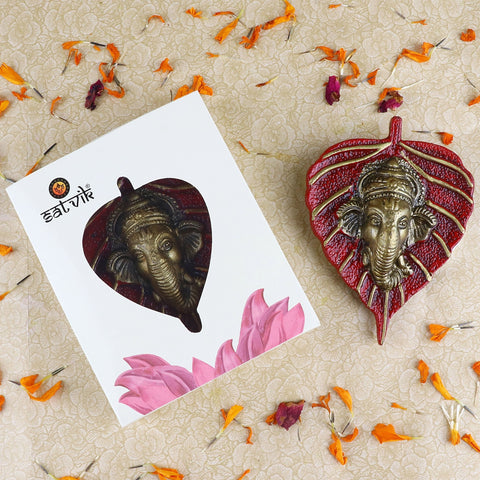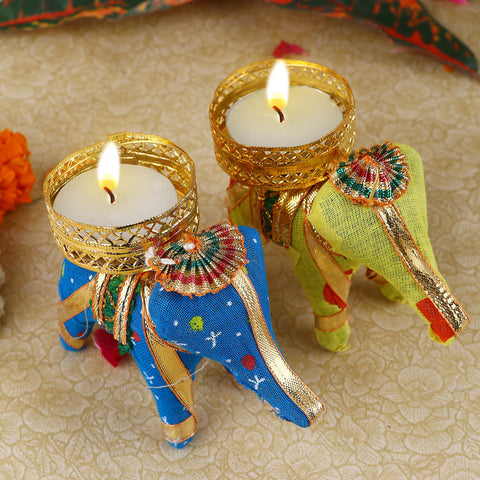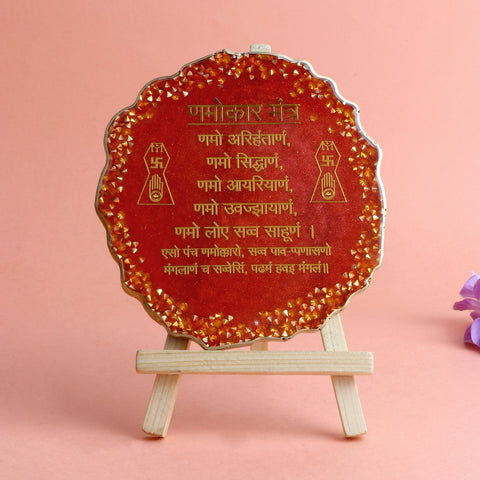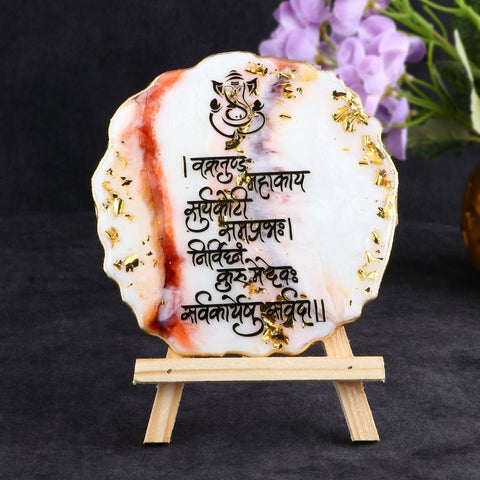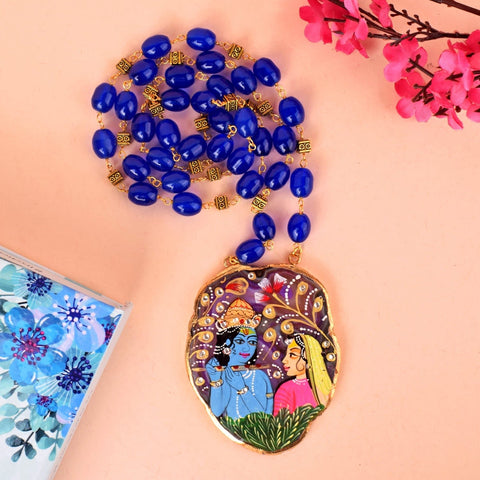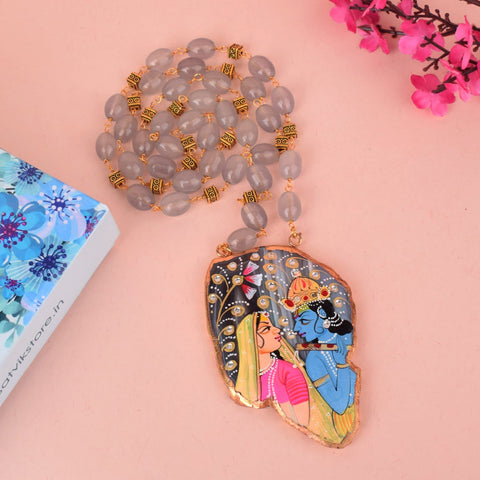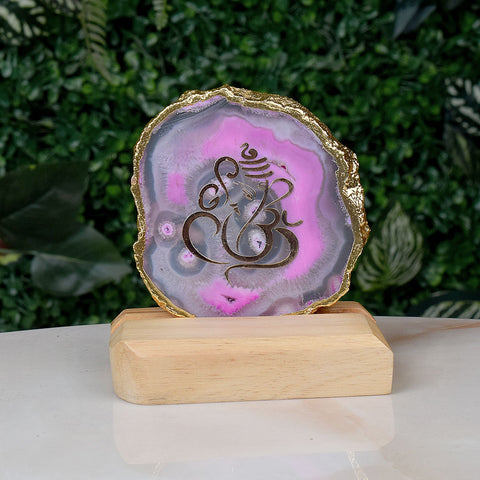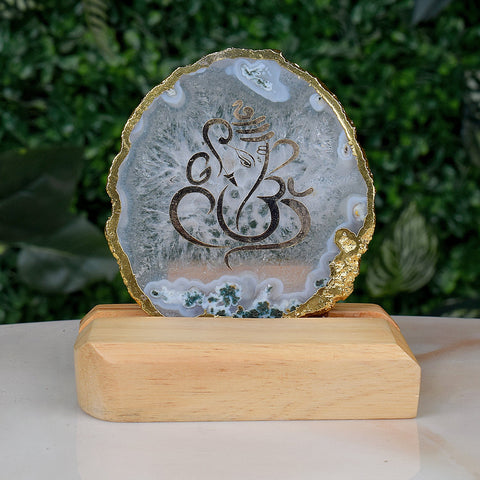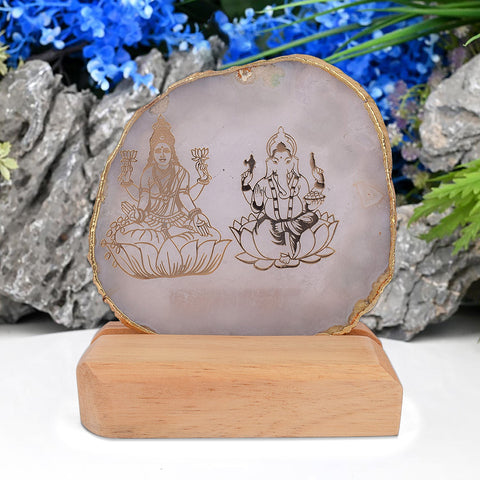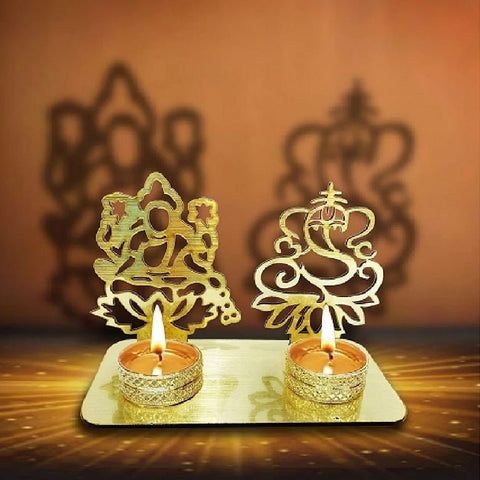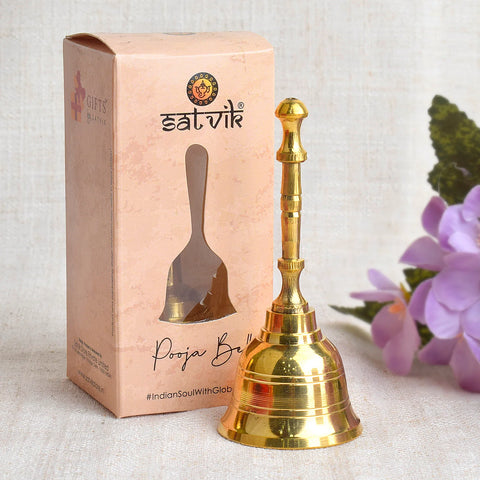Ways to make Skin-friendly Holi colors at home
Holi, the vibrant festival, is right around the corner, bringing with it a kaleidoscope of sweet dishes, worship, vibrant colors, and boundless joy. While many eagerly await this festival, the use of harmful artificial colors can often dampen the spirits or lead to concerns. It is imperative to exercise caution and avoid these artificial colors, laden with chemical solvents and toxic agents, due to their adverse effects on both the skin and the environment.
These harmful colors can adversely affect one's health, especially in times like the Covid-19 pandemic, when individuals are already vulnerable. Therefore, opting for alternative, skin-friendly colors is the responsible choice. Although there are several eco-friendly options available in the market, creating them at home offers quality assurance and fosters trust in the process.
Instead of purchasing colors from markets, consider making your own natural and skin-friendly Holi colors. Here's a list of colors and how to create them at home:
1. Red or Magenta: Obtain red or magenta color from beetroot. Grate the beetroot on a plate, squeeze out the juice, and keep the juice and grated beetroot separate. In a bowl, take an ample quantity of cornflour or talcum powder. Slowly pour the beetroot juice into the powder while continuously mixing to create a firm mixture. Spread this mixture on a plastic wrap, allowing it to air dry. Once dry, grind it until you achieve the desired powder quality. For red color, you can add Sindoor, doubling the amount of talcum powder if desired, but avoid Sindoor if allergic and stick to beetroot juice.
2. Yellow: Creating yellow color is straightforward using turmeric. Mix turmeric with an equal amount of besan (gram flour), powdered Multani mitti, or wheat flour. To add fragrance, include some talcum powder. Your natural, skin-friendly yellow Holi color is now ready.
3. Orange: For orange color, peel 4 to 5 oranges (adjust based on your needs) and grind the peels with a little water. In a bowl, combine the ground mixture with powdered Multani mitti or talcum powder. Slowly add the paste to the powder while rubbing and mixing with your hands until you create a firm mixture. Spread this mixture on paper and allow it to air dry. Once dry, grind it into the desired powder form. Alternatively, you can use orange flowers such as daisy, marigold, Palash, Tesu, or add a pinch of saffron instead of orange peel for the beautiful orange hue.
4. Garden Green: Achieve a natural, garden-like green shade using henna powder. Mix henna powder with an equal amount of flour to create the perfect garden green shade. Ensure you use natural henna powder without any added mixtures for the best results. This mixture can also be used for natural hair conditioning.
5. Purple: To make purple color at home, you'll need black carrots. Grate or grind black carrots, squeeze out the juice, and slowly mix it into a combination of cornflour or talcum powder. You can also add a few drops of rose water for fragrance, although talcum powder will have its own aroma. Let it air dry and then grind or sieve it to achieve the desired texture.
6. Gray: Gray might not be a typical Holi color, but it can be created using skin-safe natural products. To make gray color, use Amla (Indian Gooseberry). Remove the seeds, grind the mixture, and squeeze out the juice. Mix the juice slowly with cornflour powder and let it dry for a few hours. Afterward, sieve or grind it to create a finely powdered mixture. Amla is beneficial for both the skin and hair.
7. Brown: Create a beautiful powdered brown color by boiling tea or coffee leaves in water. Mix the resulting liquid with talcum powder, flour, or Multani mitti in a bowl. Slowly mix and rub it using your hands until you achieve a firm mixture. Grind this mixture into a powdered form to obtain a lovely brown shade. Importantly, all the ingredients are suitable for the skin.
In conclusion, these are some of the exquisite colors you can easily create at home, ensuring they are safe for both skin and hair. If anyone has allergies to specific vegetables or fruits, consider avoiding those colors or using an alternative source with a similar process. In addition to these options, you can also explore creating other natural colors using flowers as a source, following a process similar to that mentioned for the red color.
Celebrate Holi responsibly by embracing these homemade, skin-friendly colors and contribute to a safer and more sustainable festival experience. For more eco-friendly Holi products, visit satvikworld.com.
PUJA ITEMS ONLINE IN USA | PUJA ITEMS ONLINE IN UK | PUJA ITEMS ONLINE IN NEW ZEALAND | PUJA ITEMS ONLINE IN DUBAI | PUJA ITEMS ONLINE IN EUROPE
PUJA ITEMS ONLINE IN UNITED STATES | PUJA ITEMS ONLINE IN AUSTRALIA | PUJA ITEMS ONLINE IN UAE | PUJA ITEMS ONLINE IN SINGAPORE | PUJA ITEMS ONLINE IN LONDON | PUJA ITEMS ONLINE IN CANADA | PUJA ITEMS ONLINE IN MAURITIUS | PUJA ITEMS ONLINE IN EUROPE | PUJA ITEMS ONLINE IN MALAYSIA | PUJA ITEMS ONLINE IN GERMANY
PUJA ITEMS ONLINE IN USA | PUJA ITEMS ONLINE IN UK | PUJA ITEMS ONLINE IN NEW ZEALAND | PUJA ITEMS ONLINE IN DUBAI | PUJA ITEMS ONLINE IN EUROPE
PUJA ITEMS ONLINE IN UNITED STATES | PUJA ITEMS ONLINE IN AUSTRALIA | PUJA ITEMS ONLINE IN UAE | PUJA ITEMS ONLINE IN SINGAPORE | PUJA ITEMS ONLINE IN LONDON | PUJA ITEMS ONLINE IN CANADA | PUJA ITEMS ONLINE IN MAURITIUS | PUJA ITEMS ONLINE IN EUROPE | PUJA ITEMS ONLINE IN MALAYSIA | PUJA ITEMS ONLINE IN GERMANY

